The University Theatre in 1969. Photo by J. Goode, Toronto Reference Library
Located at 100 Bloor Street West, the University Theatre was a short distance west of Bay Street. One of Toronto’s most popular theatres for almost four decades, it attracted patrons from across the entire city. Similar to the Odeon Carlton, it was a modern “movie palace,” even though the experts declared it too intimate to be classified as such. I do not understand this reasoning. Between the auditorium and the balcony, it contained 1350 seats, manufactured by Cana Theatre Chair Company. Its luxurious lobby was the equivalent of two storeys in height, with a grand staircase connecting the lower and mezzanine levels. Its wide screen was one of the largest ever installed in the city, ideal for wide-screen mega-hits.
Admittedly, Loew’s Downtown (the Elgin) was larger with 1900 seats, but I believe that the University was truly a movie palace in both size and design. Its sleek modern façade had a dazzling art moderne-style marquee and towering signage, at its pinnacle the words “Famous Players.” The auditorium possessed modernistic vertical lines, emphasizing its vast height. It was one of the greatest postwar theatres ever built in Canada and was Famous Player’s attempt to compete with the Odeon Carlton. The University opened on March 25, 1949 with the film “Joan of Arc,” starring Ingrid Bergman.
My memories of the University Theatre are associated with some of the greatest mega-hits of the latter half of the 20th century. These films usually required that a ticket be purchased in advance. Tickets displayed the seat and row number, similar to live performances at the Royal Alexandra Theatre. There were intermissions halfway through the films. This feature, along with the ticketing system, added to the sense of occasion when attending screenings.
One of the first films that I recall seeing at the University was “The Ten Commandments,” in 1956. Then, in 1957, the theatre screened its first film in Cinerama. This wide-screen format was an instant hit. Other ticketed films that I remember are “Ben Hur” (1959), “Lawrence of Arabia” (1962), “Cleopatra (1962), “My Fair Lady (1964), “Doctor Zhivago (1965) and “The Agony and the Esctasy” (1965).
The last mega-hit that I associate with the University is “Apocalyse Now” (1979). This Vietnam was film was not reserved-ticket seating. However, I can still recall how the entire theatre vibrated in the scene where the military helicopters roared across the beach, guns blazing, while majestic music thundered from the theatre’s Dolby sound system. Small wonder that the film played for 52 weeks at the theatre.
Due its enormous size, the theatre eventually developed financial problems when attendance declined. In the mid-1980s, the theatre’s manager was quoted as saying that even if the theatre were able to screen another hit with the same potential ticket sales as “Apocalypse Now,” the venue would not be profitable.
The University shut its doors in 1986. The building was demolished, except for its façade, which today is part of a high-rise condominium. However, the theatre’s box office remains, facing Bloor Street. Every time I pass it, I remember the great films that I saw at this venerable theatre.
A section of the lobby and the stairs leading to the balcony. City of Toronto Archives, Series 881- File 336
The University in 1980, after the enormous sign above the marquee had been removed. Photo, City of Toronto Archives, Series 881, File 337
The University Theatre in 1983, Photo City of Toronto Archives, Fonds 124, Fl 0124, Id. 0101
The auditorium of the University, view from the stage area. City of Toronto Archives, Series 881, File 336
View from the rear of the theatre. City of Toronto Archives, Series 881, Fl. 336
View of the former University Theatre. When this photo was taken on October 5, 2013, the theatre has been demolished and converted for other commercial purposes. Its facade is attached to a modern condo, which can be seen behind it.
The former box office of the theatre, now employed as a display area for a shop that sells dinnerware etc. Photo taken in 2013.
The two-storey window of the lobby that faced Bloor Street. Photo, 2013.
To view the Home Page for this blog: https://tayloronhistory.com/
To view previous blogs about movie houses of Toronto—historic and modern
Recent publication entitled “Toronto’s Theatres and the Golden Age of the Silver Screen,” by the author of this blog. The publication explores 50 of Toronto’s old theatres and contains over 80 archival photographs of the facades, marquees and interiors of the theatres. It relates anecdotes and stories of the author and others who experienced these grand old movie houses.
To place an order for this book:
Book also available in Chapter/Indigo, the Bell Lightbox Book Store and by phoning University of Toronto Press, Distribution: 416-667-7791
Theatres Included in the Book:
Chapter One – The Early Years—Nickelodeons and the First Theatres in Toronto
Theatorium (Red Mill) Theatre—Toronto’s First Movie Experience and First Permanent Movie Theatre, Auditorium (Avenue, PIckford), Colonial Theatre (the Bay), the Photodome, Revue Theatre, Picture Palace (Royal George), Big Nickel (National, Rio), Madison Theatre (Midtown, Capri, Eden, Bloor Cinema, Bloor Street Hot Docs), Theatre Without a Name (Pastime, Prince Edward, Fox)
Chapter Two – The Great Movie Palaces – The End of the Nickelodeons
Loew’s Yonge Street (Elgin/Winter Garden), Shea’s Hippodrome, The Allen (Tivoli), Pantages (Imperial, Imperial Six, Ed Mirvish), Loew’s Uptown
Chapter Three – Smaller Theatres in the pre-1920s and 1920s
Oakwood, Broadway, Carlton on Parliament Street, Victory on Yonge Street (Embassy, Astor, Showcase, Federal, New Yorker, Panasonic), Allan’s Danforth (Century, Titania, Music Hall), Parkdale, Alhambra (Baronet, Eve), St. Clair, Standard (Strand, Victory, Golden Harvest), Palace, Bedford (Park), Hudson (Mount Pleasant), Belsize (Crest, Regent), Runnymede
Chapter Four – Theatres During the 1930s, the Great Depression
Grant ,Hollywood, Oriole (Cinema, International Cinema), Eglinton, Casino, Radio City, Paramount, Scarboro, Paradise (Eve’s Paradise), State (Bloordale), Colony, Bellevue (Lux, Elektra, Lido), Kingsway, Pylon (Royal, Golden Princess), Metro
Chapter Five – Theatres in the 1940s – The Second World War and the Post-War Years
University, Odeon Fairlawn, Vaughan, Odeon Danforth, Glendale, Odeon Hyland, Nortown, Willow, Downtown, Odeon Carlton, Donlands, Biltmore, Odeon Humber, Town Cinema
Chapter Six – The 1950s Theatres
Savoy (Coronet), Westwood
Chapter Seven – Cineplex and Multi-screen Complexes
Cineplex Eaton Centre, Cineplex Odeon Varsity, Scotiabank Cineplex, Dundas Square Cineplex, The Bell Lightbox (TIFF)
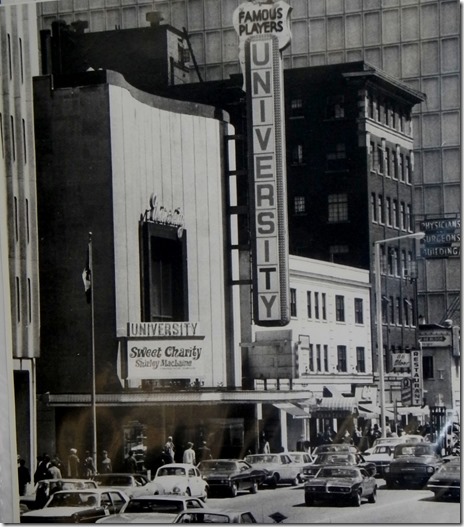
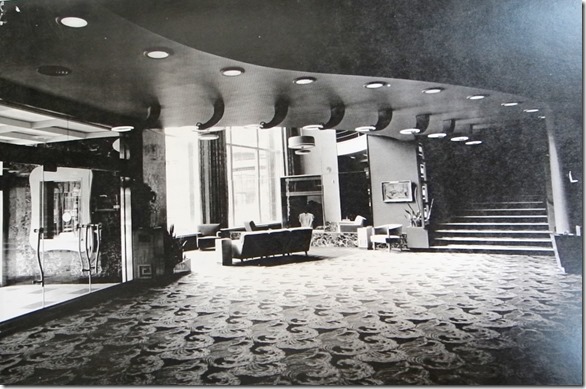
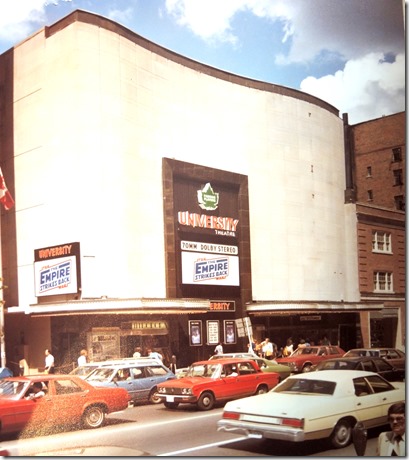
![f0124_fl0003_id0101[1] (2) f0124_fl0003_id0101[1] (2)](https://tayloronhistory.com/wp-content/uploads/2015/01/f0124_fl0003_id01011-2_thumb.jpg)
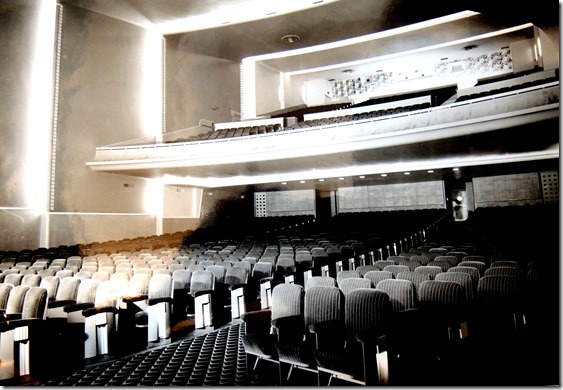
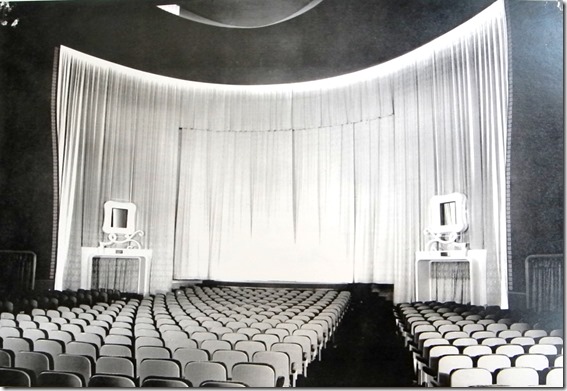
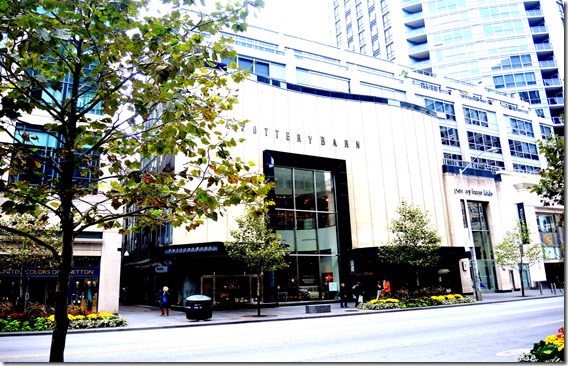
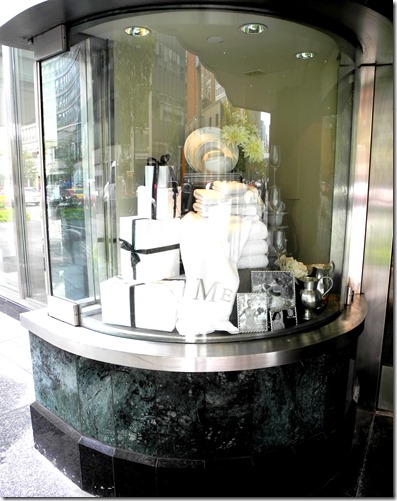
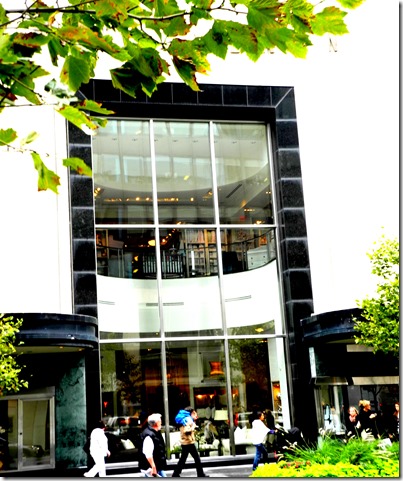
![cid_E474E4F9-11FC-42C9-AAAD-1B66D852[1] cid_E474E4F9-11FC-42C9-AAAD-1B66D852[1]](https://tayloronhistory.com/wp-content/uploads/2015/01/cid_e474e4f9-11fc-42c9-aaad-1b66d8521_thumb2.jpg)


2 thoughts on “Toronto’s old University Theatre Part II”